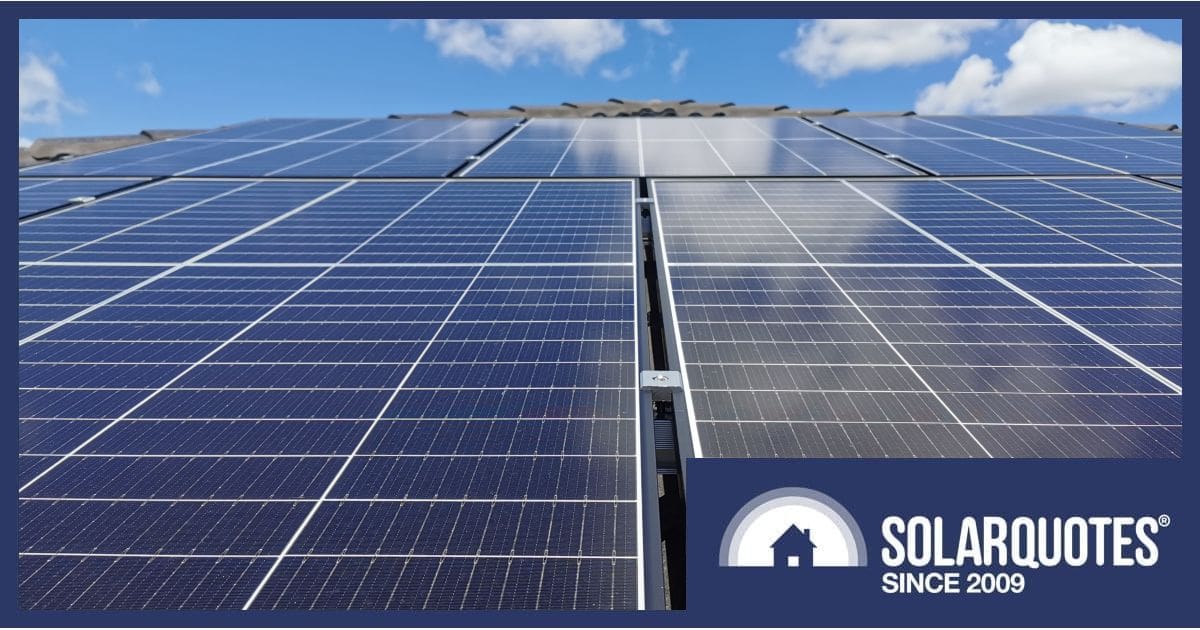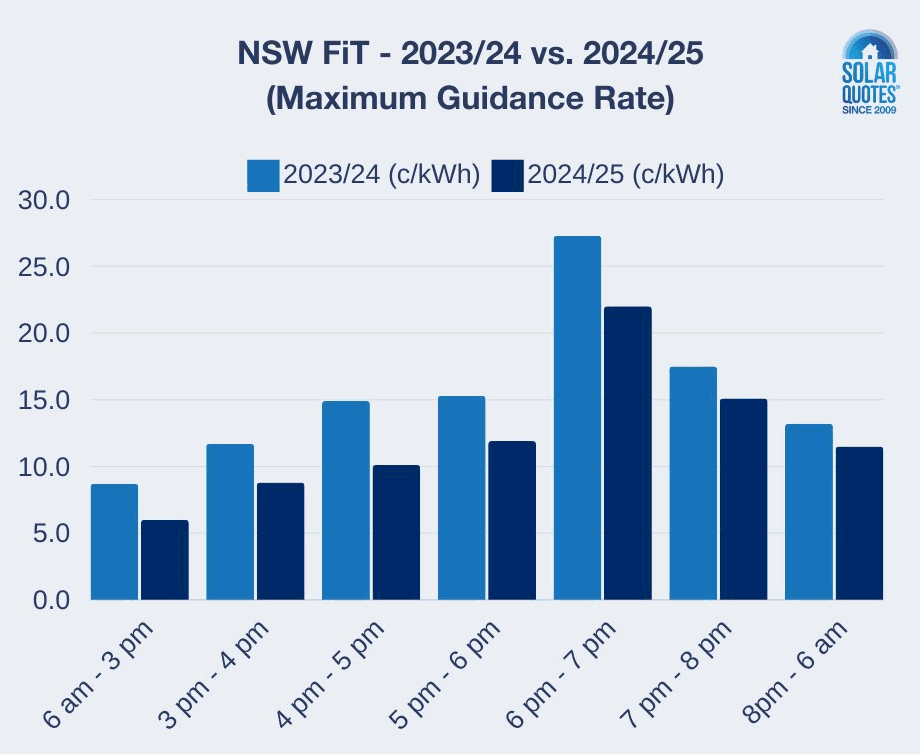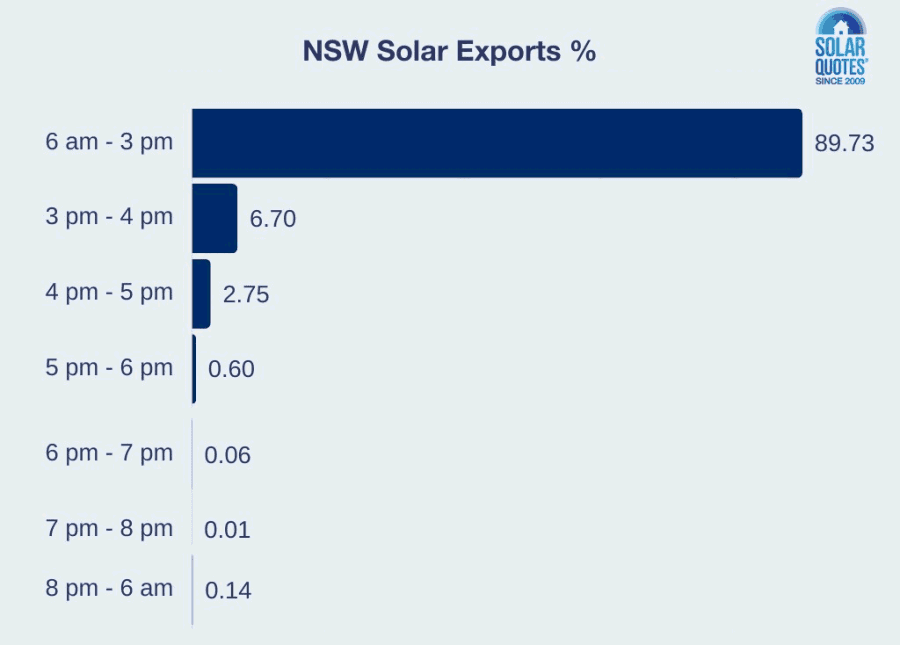
What’s on the cards for solar feed-in tariff rates in New South Wales for the new financial year? Find out here.
In New South Wales, feed in tariffs don’t have to be offered by electricity retailers (most do), and the rates they offer can be whatever they choose. But the helpful folks at the Independent Pricing and Regulatory Tribunal of NSW (IPART) publish benchmarks annually for the following financial year as guidance.
IPART publishes two benchmarks – an “all day” rate that applies to electricity exported whenever, and a “time-of-day” range, which as the name suggests has different rates for different times of the day. Electricity retailers may offer one, both – or neither.
All-Day Rate Feed-In Tariff Range For 2024/25
IPART forecasts solar exports will be worth between 4.9 to 6.3 c/kWh in 2024–25. This is well down on 2023/24’s guidance of 7.7 to 9.4 c/kWh. Further detail here.
Time-Of-Day Rates Guidance For 2024/25
Significant drops across the board compared to 2023/24, even during peak demand in the evening – and good luck with exporting at that time anyway for most system owners. It’s dark for a good chunk of the year, and when it isn’t, much of the output is likely to be used by the household.
| Time Period | 2023/24 (c/kWh) | 2024/25 (c/kWh) |
|---|---|---|
| 6 am – 3 pm | 7.2 – 8.7 | 4.7 – 6.0 |
| 3 pm – 4 pm | 9.9 – 11.7 | 6.9 – 8.8 |
| 4 pm – 5 pm | 12.2 – 14.9 | 8.1 – 10.1 |
| 5 pm – 6 pm | 12.1 – 15.3 | 9.4 – 11.9 |
| 6 pm – 7 pm | 23.2 – 27.3 | 18.4 – 22.0 |
| 7 pm – 8 pm | 14.9 – 17.5 | 12.6 – 15.1 |
| 8pm – 6 am | 11.2 – 13.2 | 9.6 – 11.5 |
IPART points out only 2 electricity retailers were offering time-of-day solar feed-in tariffs as at the end of April this year. Further detail here.
And here’s an interesting breakdown of exports in New South Wales at various times of the day from IPART, based on 2022/23 data:
| Time Period | Exports % |
|---|---|
| 6 am – 3 pm | 89.73 |
| 3 pm – 4 pm | 6.7 |
| 4 pm – 5 pm | 2.75 |
| 5 pm – 6 pm | 0.6 |
| 6 pm – 7 pm | 0.06 |
| 7 pm – 8 pm | 0.01 |
| 8 pm – 6 am | 0.14 |
Why The Decreases?
IPART’s Jonathan Coppel said that the value of exports are based on IPART’s forecast of the wholesale price of electricity when solar energy is exported to the grid.
“This reflects that forecast wholesale electricity prices have fallen, following 2 years of unusually high prices,” he said. “The decrease is mainly due to record electricity generation from grid-wide renewables and roof top solar, as well as lower coal prices.”
Across Australia, feed-in tariffs of yesteryear were generally much more generous than they are today. The higher rates were originally to encourage solar panel uptake and on that, a job well done. These days, the main benefit of having a solar power system is in self-consuming the electricity produced to avoid being whacked so hard by electricity retailers for mains grid consumption.
Compare Electricity Retailers
Given the voluntary nature of feed-in tariffs in NSW, it’s particularly important for solar households to compare electricity plans to ensure they are on the best deal for their situation. But don’t just focus on the feed-in tariff rate. The best electricity plan for solar owners offers a balance of high feed-in-tariffs, low usage tariffs and low daily charges. Solar owners are usually better off on fixed rate tariff, while for solar + battery households a time-of-use tariff with lower off-peak and shoulder rates is often the better way to go.
Thinking Solar Batteries?
While on the topic of energy storage, the new feed-in rates and prospect of export tariffs might have some New South Wales solar households thinking about home batteries. There will be a battery subsidy available in NSW, but not for another 5 months. While the design of the program and the timing of the recent announcement have been controversial, there are things households can do to get ready for the NSW battery rebate.



 RSS - Posts
RSS - Posts



Speak Your Mind